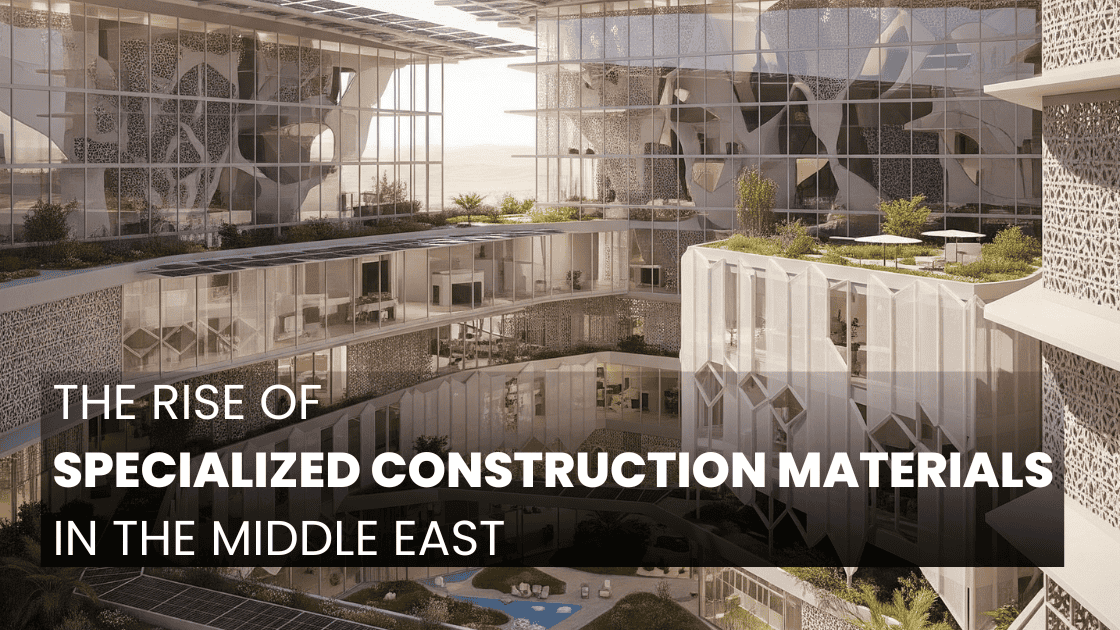
Account

The Middle East’s skyline is a testament to ambition. From the towering spires of Dubai to the visionary megaprojects of Saudi Arabia, the region is continually pushing the boundaries of architectural innovation. While concrete and steel remain the bedrock of construction, a significant shift is underway: the escalating demand for specialized construction materials. This isn’t just about aesthetics; it’s about building smarter, stronger, and more sustainably in a demanding environment.
Gone are the days when standard materials sufficed for every project. Today’s Middle Eastern construction landscape demands materials that can withstand extreme heat, resist corrosion, enhance energy efficiency, and contribute to ambitious sustainability goals. This burgeoning need has paved the way for a diverse array of advanced solutions, transforming how projects are designed and executed across the GCC.
Several key factors are fueling the surge in specialized construction materials:
The shift is evident across various product categories:
As the Middle East continues its journey of unparalleled development, the demand for specialized construction materials will only intensify. These advanced solutions are crucial for building structures that are not only iconic but also resilient, energy-efficient, and future-proof in one of the world’s most dynamic construction markets.
Your one stop solution for all your construction needs.
Tailored made solutions for your requirements
Prompt, Precise and Guaranteed timely delivery, every time.
Personalized assistance and expert guidance every step.
ibeam: Your Trusted Partner for Quality Building Materials
Streamline your procurement process with ibeam’s extensive product range, reliable supplier network, and seamless online experience. We deliver unbeatable value, top-tier quality, and on-time delivery—empowering contractors, builders, and traders across the Middle East and African countries.
+971 55 778 3469
Website & Digital Marketing: KVN Promos

